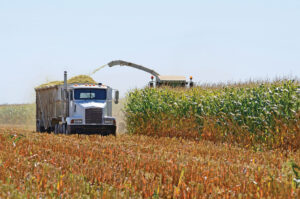Before getting ready to beautify your yard, stay safe and prevent accidents by calling 811, the national digging hotline. Even if the project seems small, the impact of digging into an underground utility line could be huge. To help stay safe and prevent accidents, call before digging to get underground utilities marked.
There’s a lot going on below the soil’s surface
Common Ground Alliance (CGA) estimates there are 200 million miles, or 100 billion feet, of underground utilities in the U.S.; some just inches below the ground.
“It doesn’t have to be a major project to require underground service marking. Even putting in a flowerbed or mailbox post requires knowing where utilities are located,” explains Erin Hollinshead, executive director of the Energy Education Council/Safe Electricity program. “The key to safe digging is planning ahead.”
Call ahead to get your utilities marked
Call 811 at least two to three business days before your planned digging date even if an area has previously been located and marked. Erosion, ground shifting and settling can move underground lines.
Once you have reported where you plan to dig and what type of work you will complete, the area will be surveyed and marked. This service is free of charge.
If you have any private utilities, you will need to hire a private utility locator. Examples of private utilities include an underground sprinkler system, invisible fences, data communication systems and private water systems.
Once all utilities are marked, respect the boundaries and dig carefully. Keep at least 2 feet away from the utility line markings.
What to do if you hit a line
Stop working immediately if contact is made with an underground line, and evacuate the area for safety. Call 911 to notify emergency personnel and the affected utility. Any contact with underground lines must be reported. Even if it appears undamaged, small dents and nicks can lead to major utility problems.
If you believe an electrical line was damaged, warn others that the ground and any nearby equipment may be energized. To evacuate, keep your feet together and hop to safety as you leave the area. Do not resume work until the area has been confirmed safe by your electric cooperative.
Consider all utility equipment and anything touching it energized
Always treat exposed or damaged cables as if they are live and never go near them or remove anything in contact with the cable; it could be energized.
For more information about digging safety visit SafeElectricity.org and illinois1call.com.









